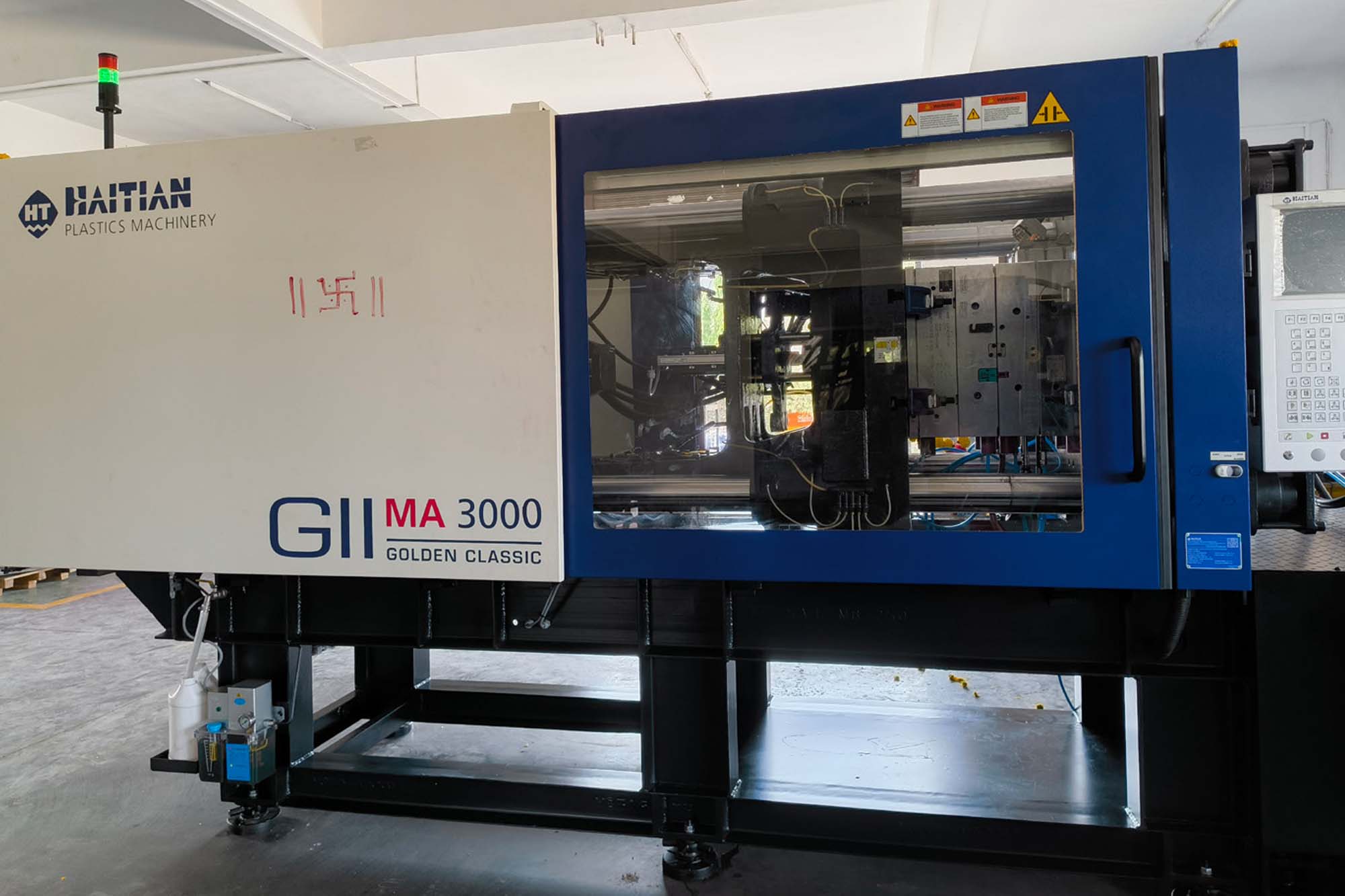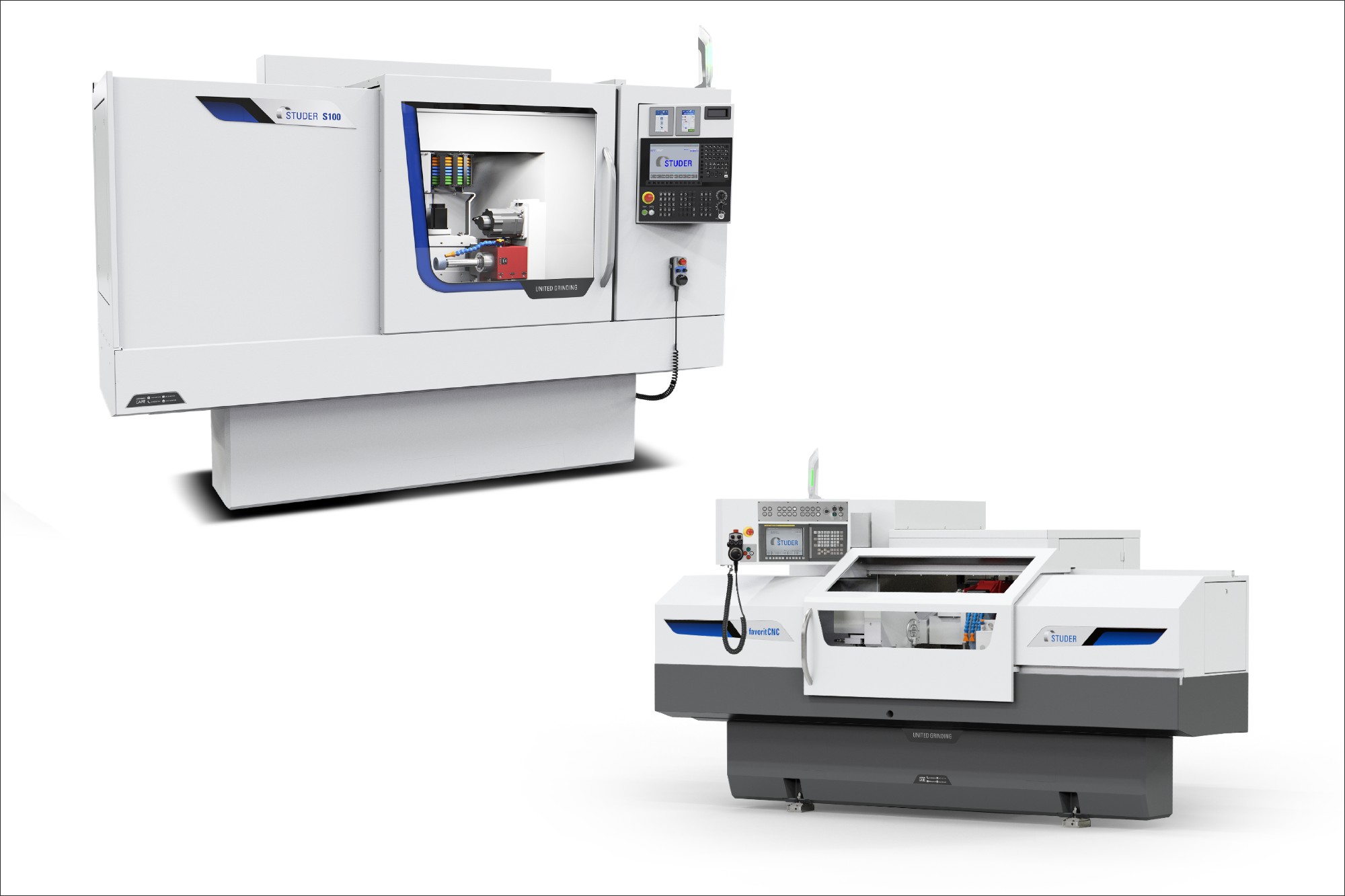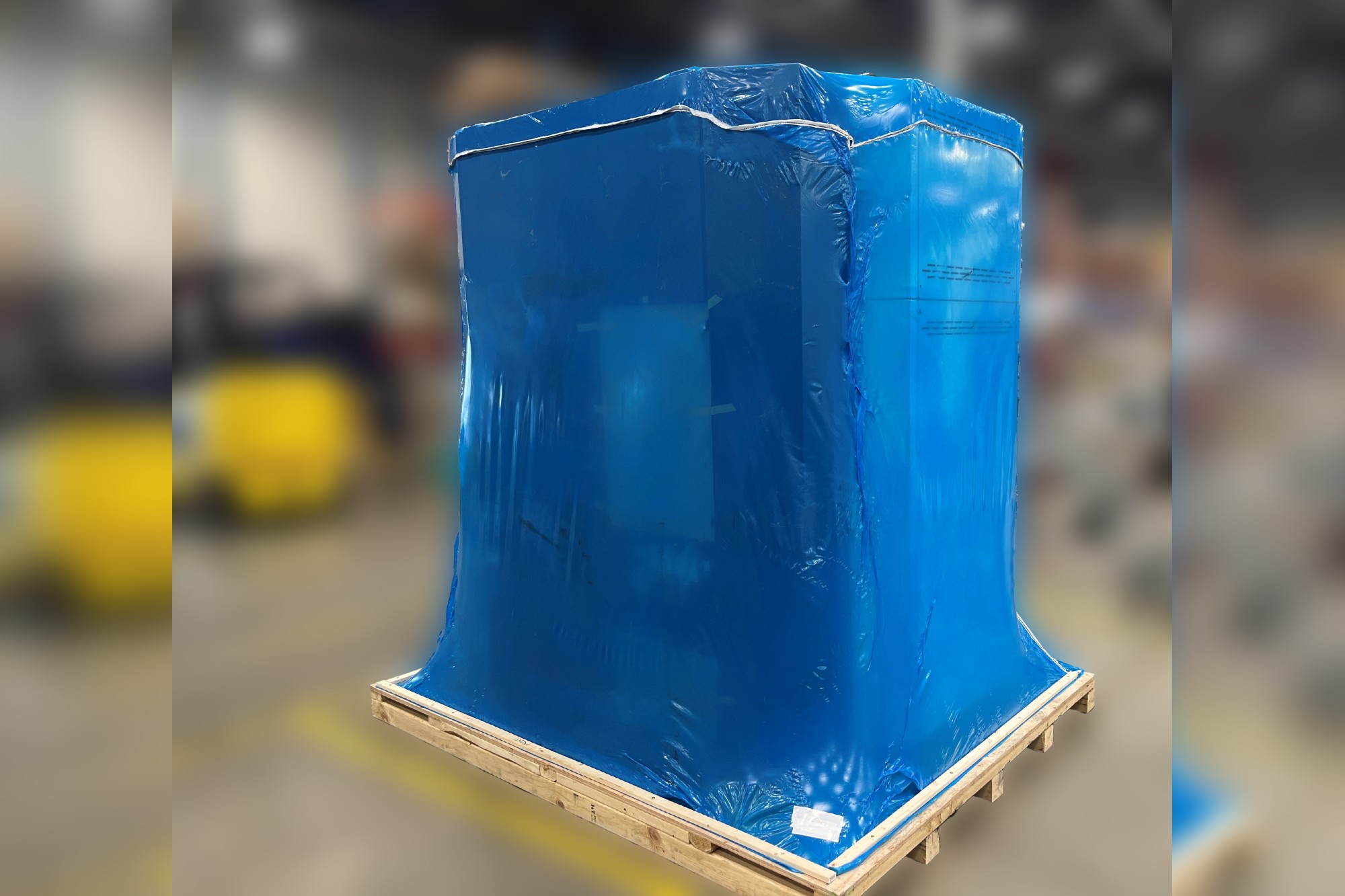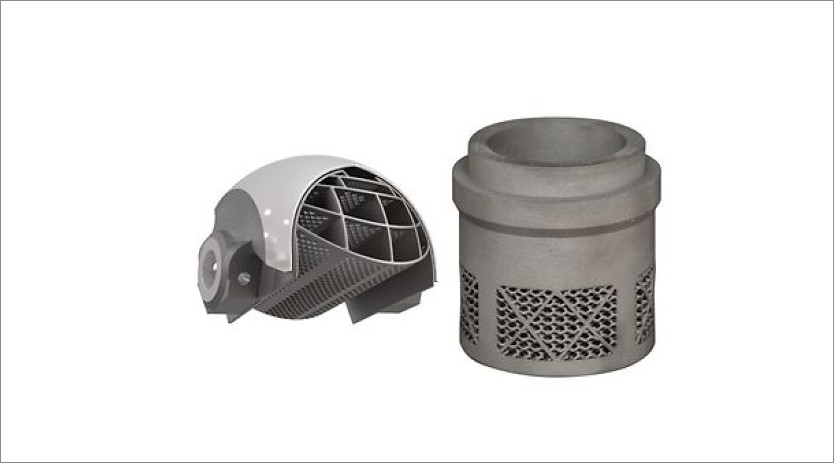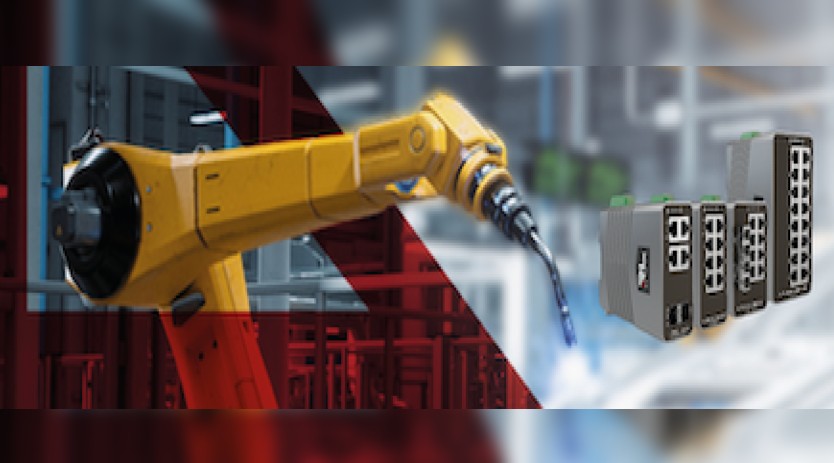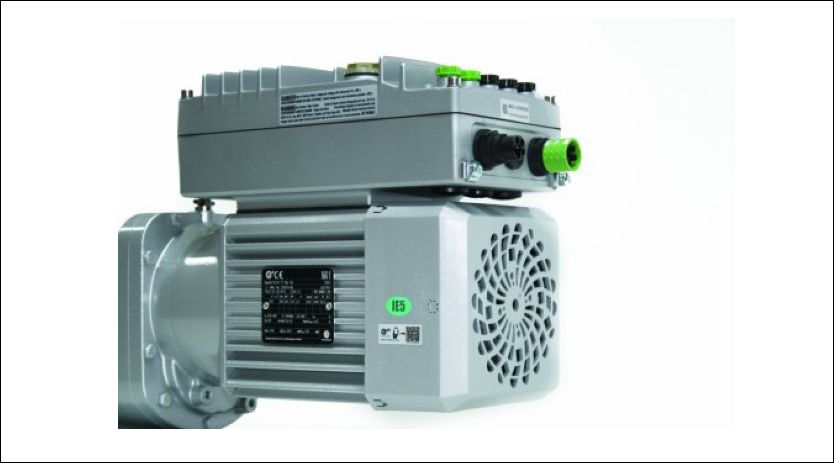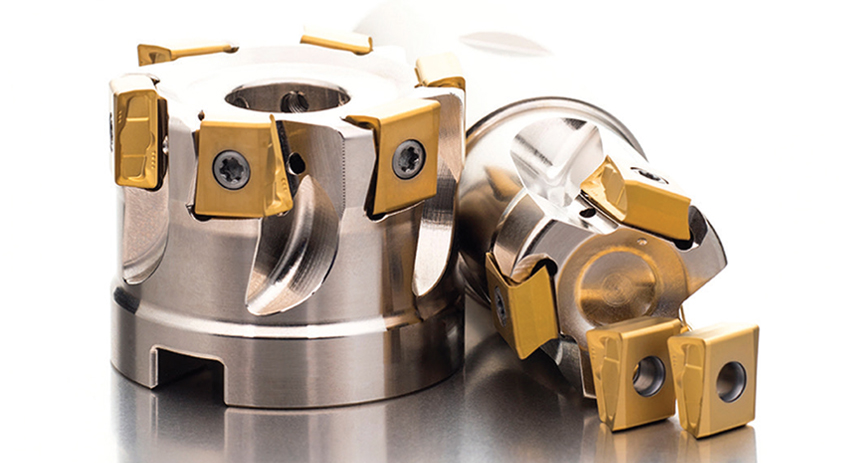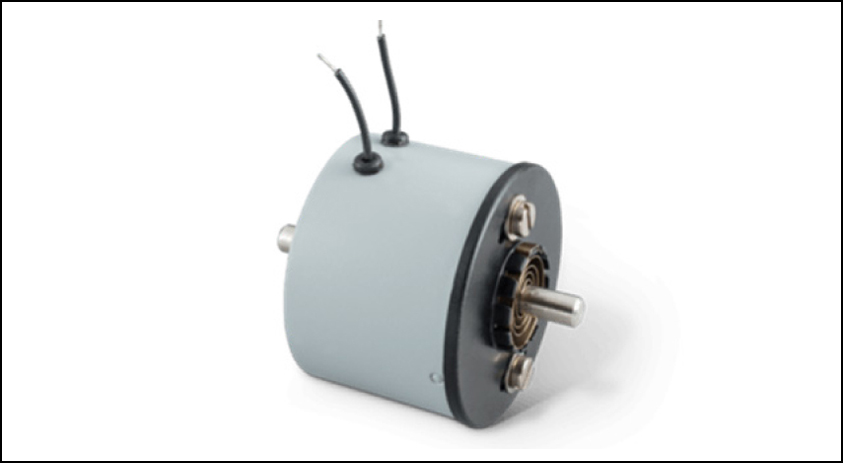Dis-Infection with Ultra-Violet Rays
By admin March 11, 2011 9:27 am IST
Dis-Infection with Ultra-Violet Rays
The Sun emits electro-magnetic waves, which vary considerably in their length and effect, and the sunshine that the eye perceives is just a small part of all the rays, which reach the earth. The Sun’s spectrum can be represented by a colored band arranged by wavelength. The colors of the rainbow show themselves in the visible range; while adjacent to these are ultraviolet rays on one side and infrared rays on the other. Both are parts of the sun’s invisible rays and their wavelength is measured in millionths of millimeters (nm=nanometers). The UV-C rays, which are the richest in energy, are in the wave range of 200-280 nm. They have the ability to destroy microorganisms; the best result being achieved with the 254-nm wavelength. This natural method has been employed for decades and exploits ultraviolet radiation to disinfect water. The sterilization of water by ultraviolet radiation is a safe alternative to other disinfection methods like Chlorination.
UV light, which continues to be a reliable means of disinfection, involves exposing contaminated water to radiation from UV light. The treatment works because UV light penetrates an organism’s cell walls and disrupts the cell’s genetic material, making reproduction impossible.
More than 100 years ago, Science has recognized the bactericidal effects of the ultraviolet area of the electromagnetic spectrum. The specific wavelengths responsible for this reaction are situated between 240 – 280 nanometers (An unit of Wavelength is NM) with a peak wavelength of 265 nm. Known as UV-C,
Special lamp generates the radiation that creates UV light by striking an electric arc through low-pressure mercury vapor. This lamp emits a broad spectrum of radiation with intense peaks at UV wavelengths of 253.7 nanometers (nm) and a lesser peak at 184.9 nm. Research has shown that the optimum UV wavelength range to destroy bacteria is between 250 nm and 270 nm at shorter wavelengths (e.g. 185 nm.) UV light is powerful enough to produce ozone, hydroxyl, and other free radicals that destroy bacteria.
Advantages
Generally, UV systems are simple to install and requires little supervision, maintenance, or space. Improved safety, minimum service time, low operation and maintenance costs, and the absence of a chemical smell or taste in finished water are primary factors for selecting UV technology rather than traditional disinfection technologies.
UV treatment breaks down or removes some organic contaminants. UV achieves 1- log reduction of Giardia lamblia at an intensity of 80-120 mWs/cm2 and 4-log reduction of viruses at an intensity of 90-140 mWs/cm2 only recently has the scientific community begun to accept UV as a highly effective tool for Cryptosporidium control.
Intensity of the unit is very important which can be calculated by formula. Minimum intensity should be 30,000 micro watts/cm2 per second.
UV Water Sterilizer is not that to fit an UV Lamp in housing. The housing of UV Sterilizer should be designed as per the flow rate and penetration time of UV Rays to the liquid to sterilize 100%. Now there are so many UV manufacturer don’t know how much intensity is required for different Bacteria and Virus. How much time required for penetration of UV rays. Even we have to consider the depreciation of the UV lamp which is 15-20%.
UV light disinfection does not form any significant disinfection by products, nor does it cause any significant increase in Assailable Organic Carbon (AOC).
Research has confirmed that UV effectiveness is relatively insensitive to temperature and pH differences. In addition, researchers found that UV application does not convert nitrates to nitrites, or bromide to bromines or bromates.
Recent pilot studies show that UV-treated drinking water inhibits bacterial growth and replication in the distribution system; however, conditions within distribution systems, such as leaks, still require additional residual disinfection (e.g., free chlorine).
The advantages of using UV, rather than chemical disinfection, include:
• Has no known toxic or significant nontoxic byproducts
• Has no danger of overdosing
• Removes some organic contaminants
• Has no volatile organic compound (VOC) emissions or toxic air emissions
• Has no onsite smell and no smell in the final water product
• Requires very little contact time(seconds versus minutes for chemical disinfection)
• Does not require storage of hazardous material
• Requires minimal space for equipment and contact chamber
• Improves the taste of water because of some organic contaminants and nuisance microorganisms are destroyed
• Does not affect minerals in water, and
• Has little or no impact on the environment except for disposing of used lamps or obsolete equipment.
Courtesy: KB Aqua Pure Pvt Ltd
E-Coli (Waterborne indicator Pathogen) DOSE = 5.4 mJ/cm2
Cookie Consent
We use cookies to personalize your experience. By continuing to visit this website you agree to our Terms & Conditions, Privacy Policy and Cookie Policy.




